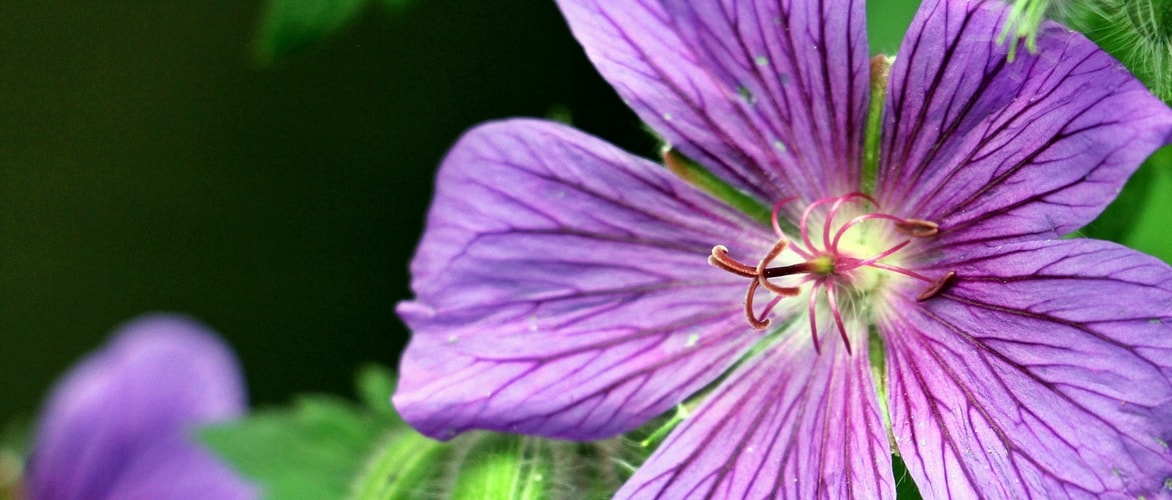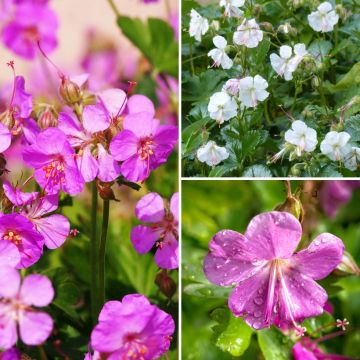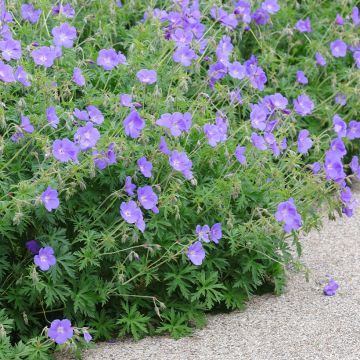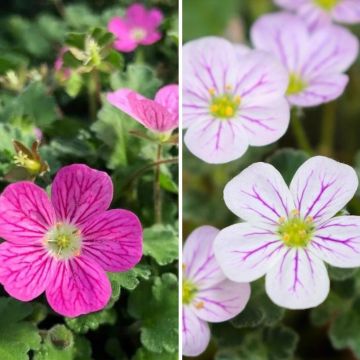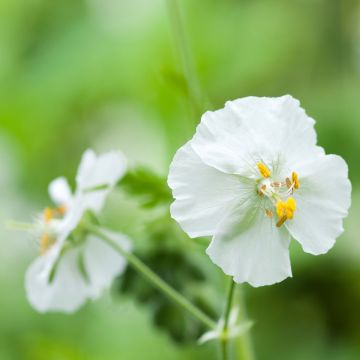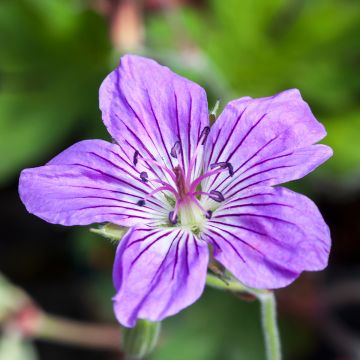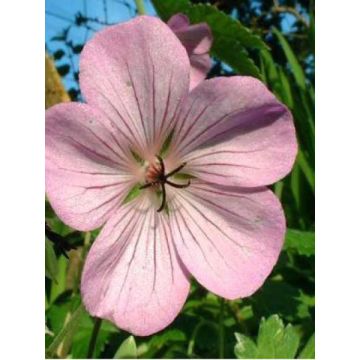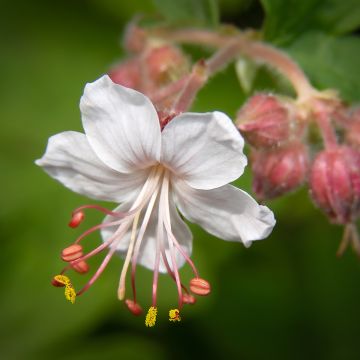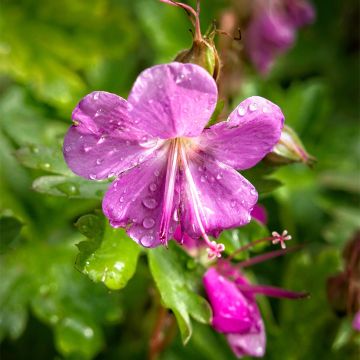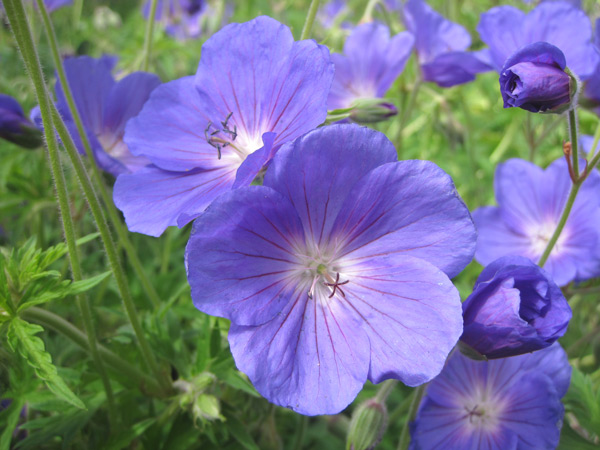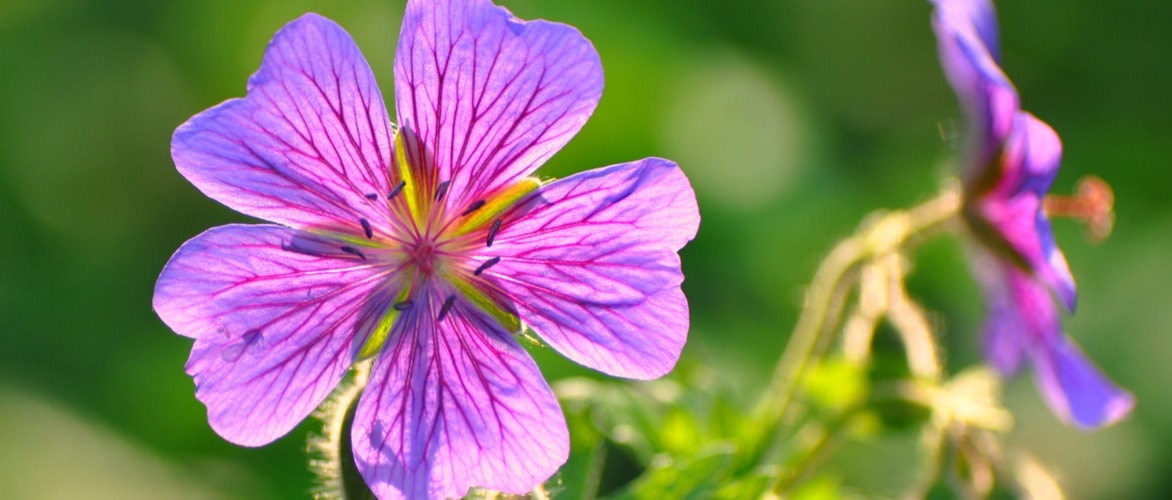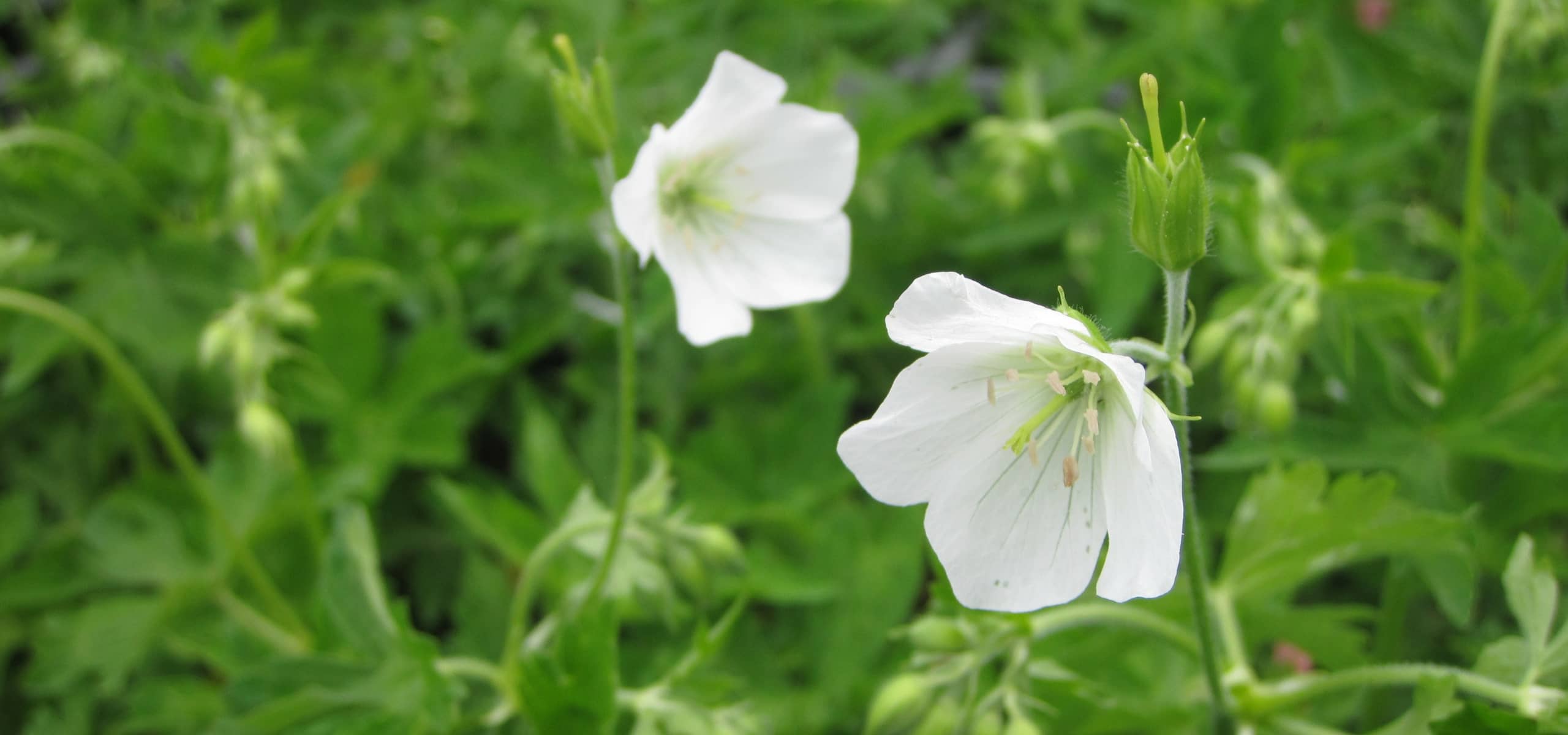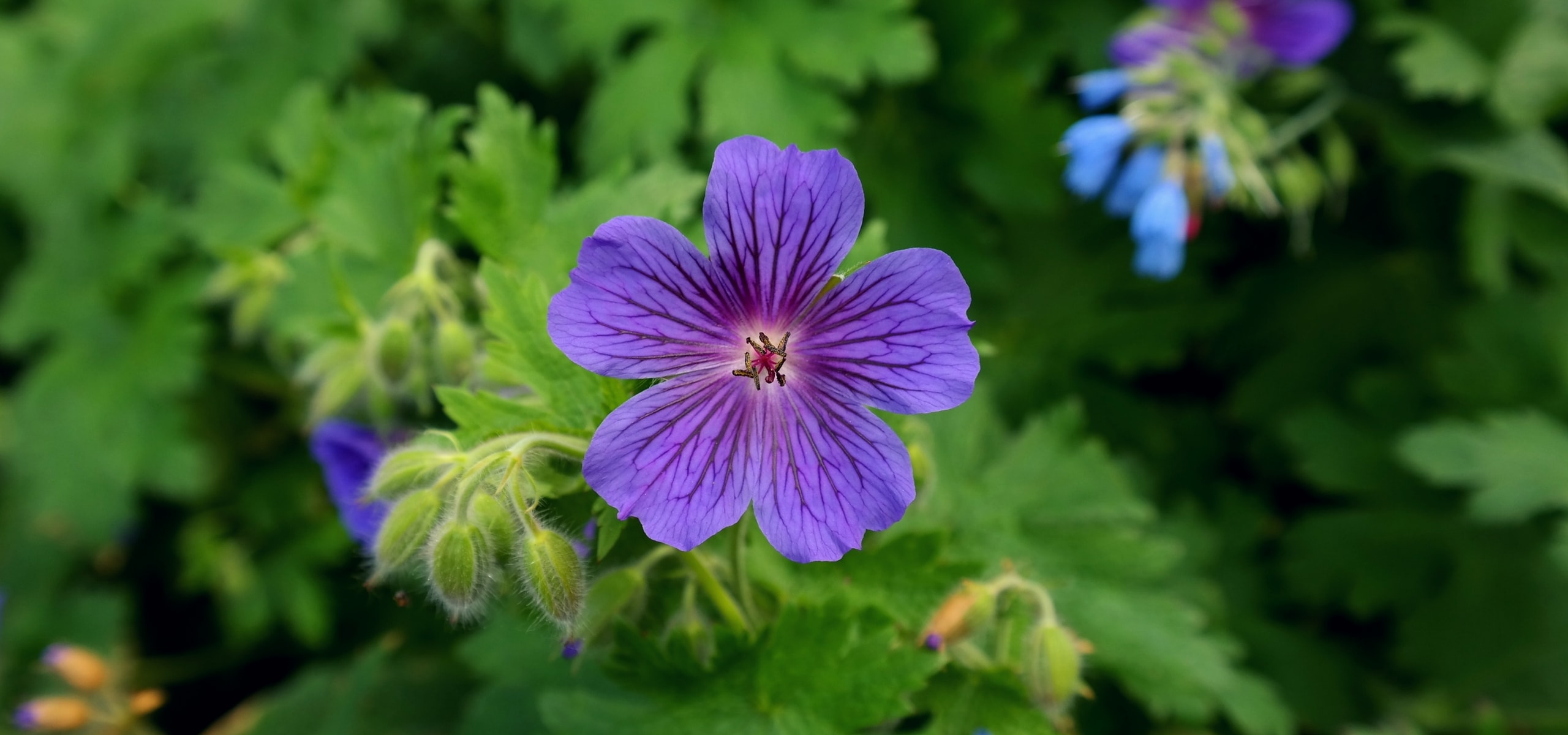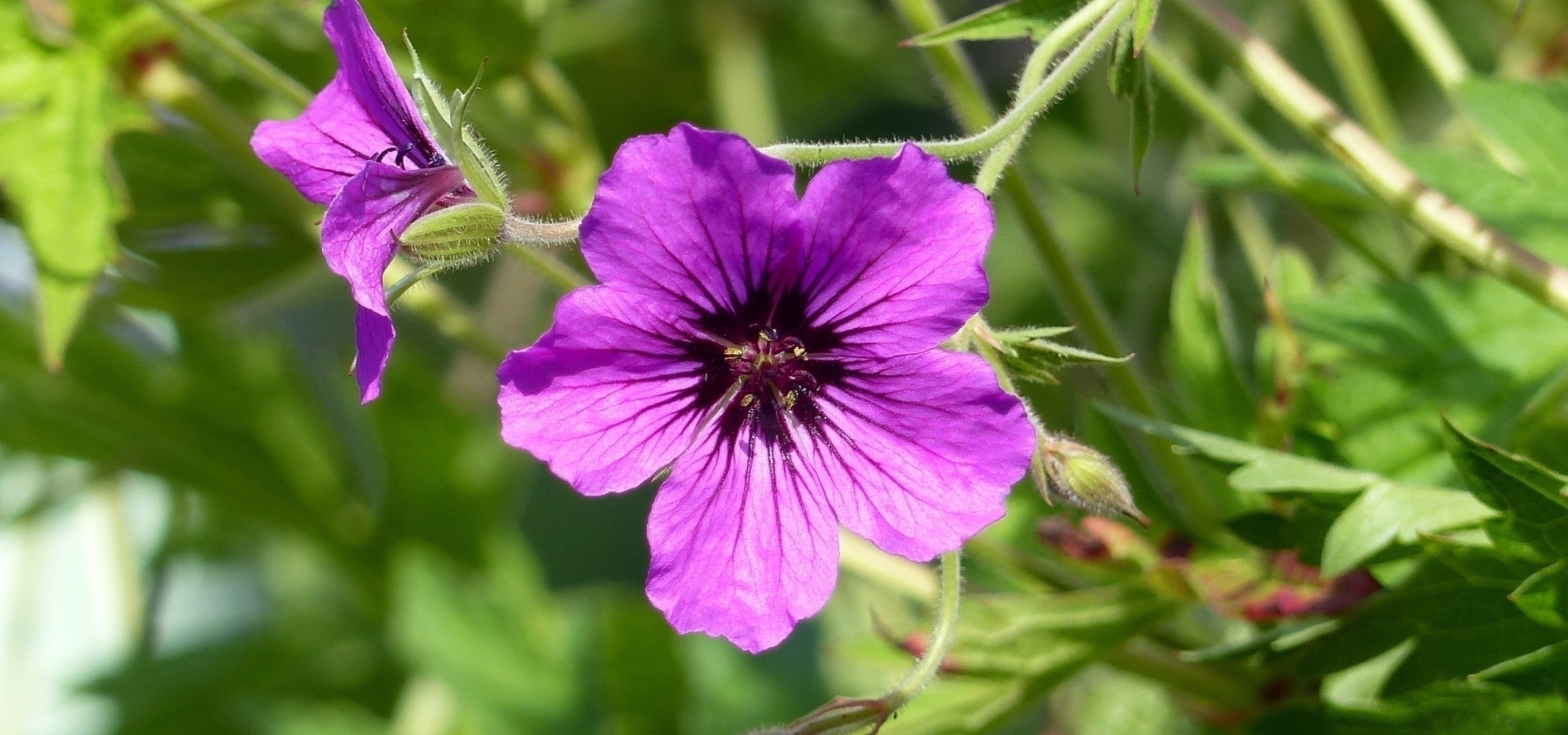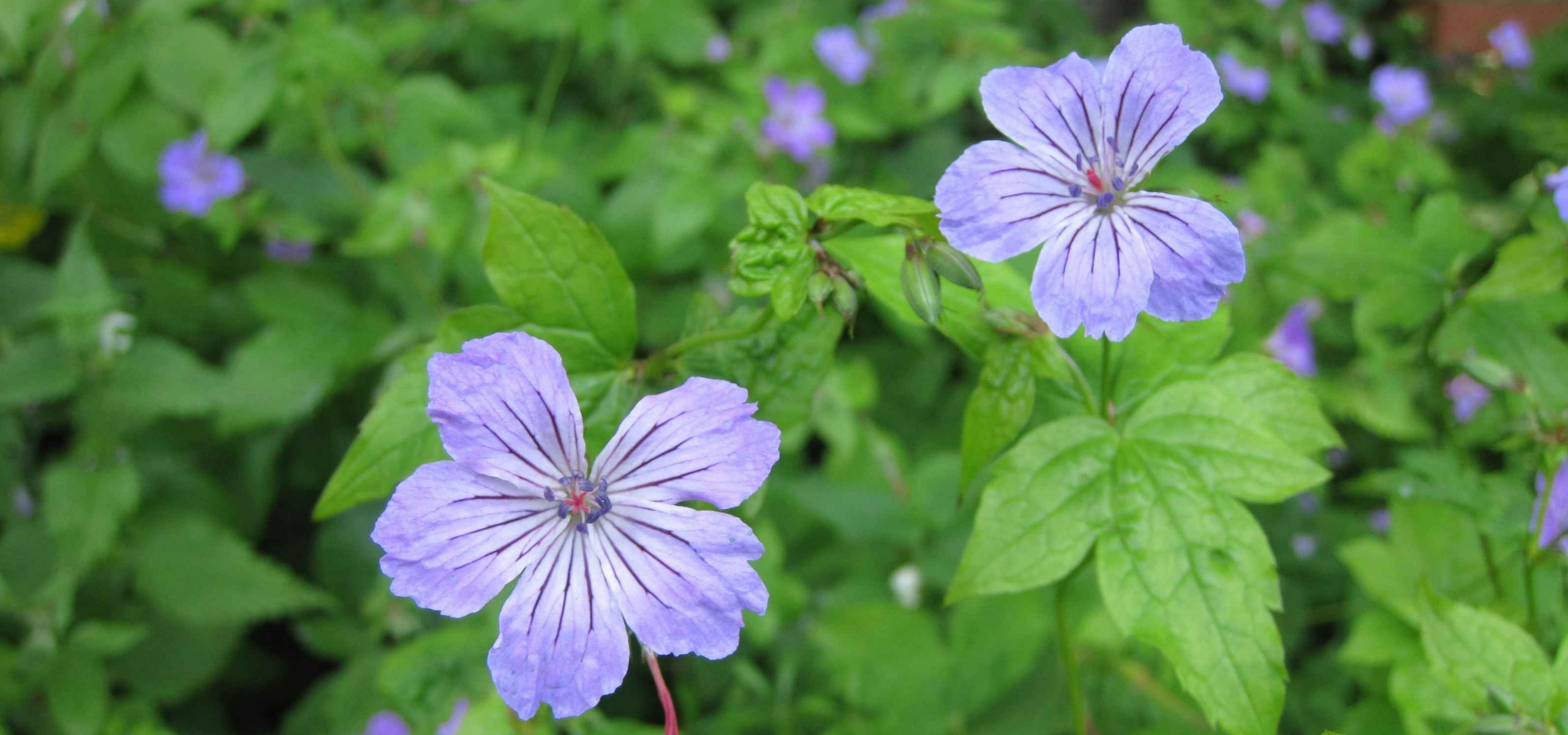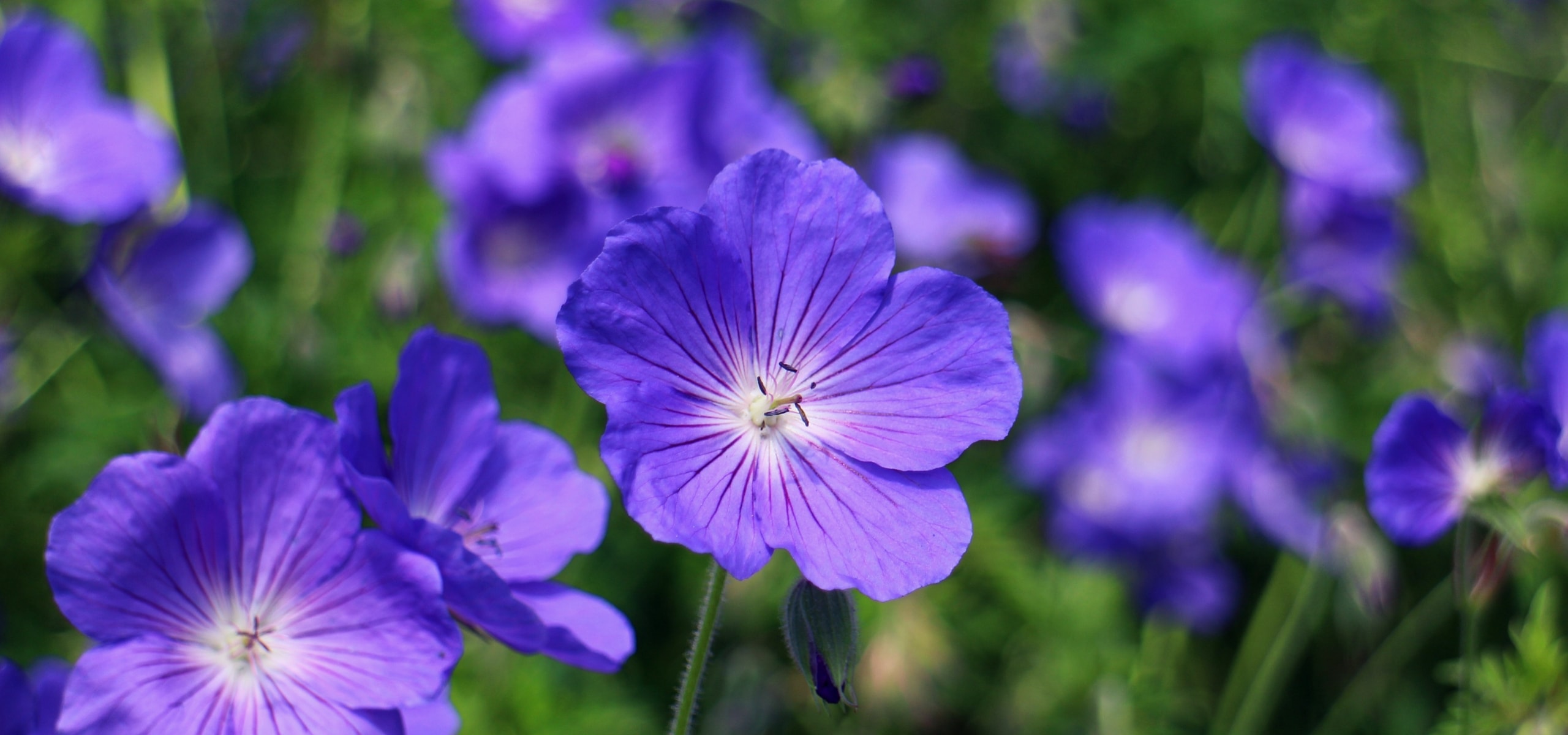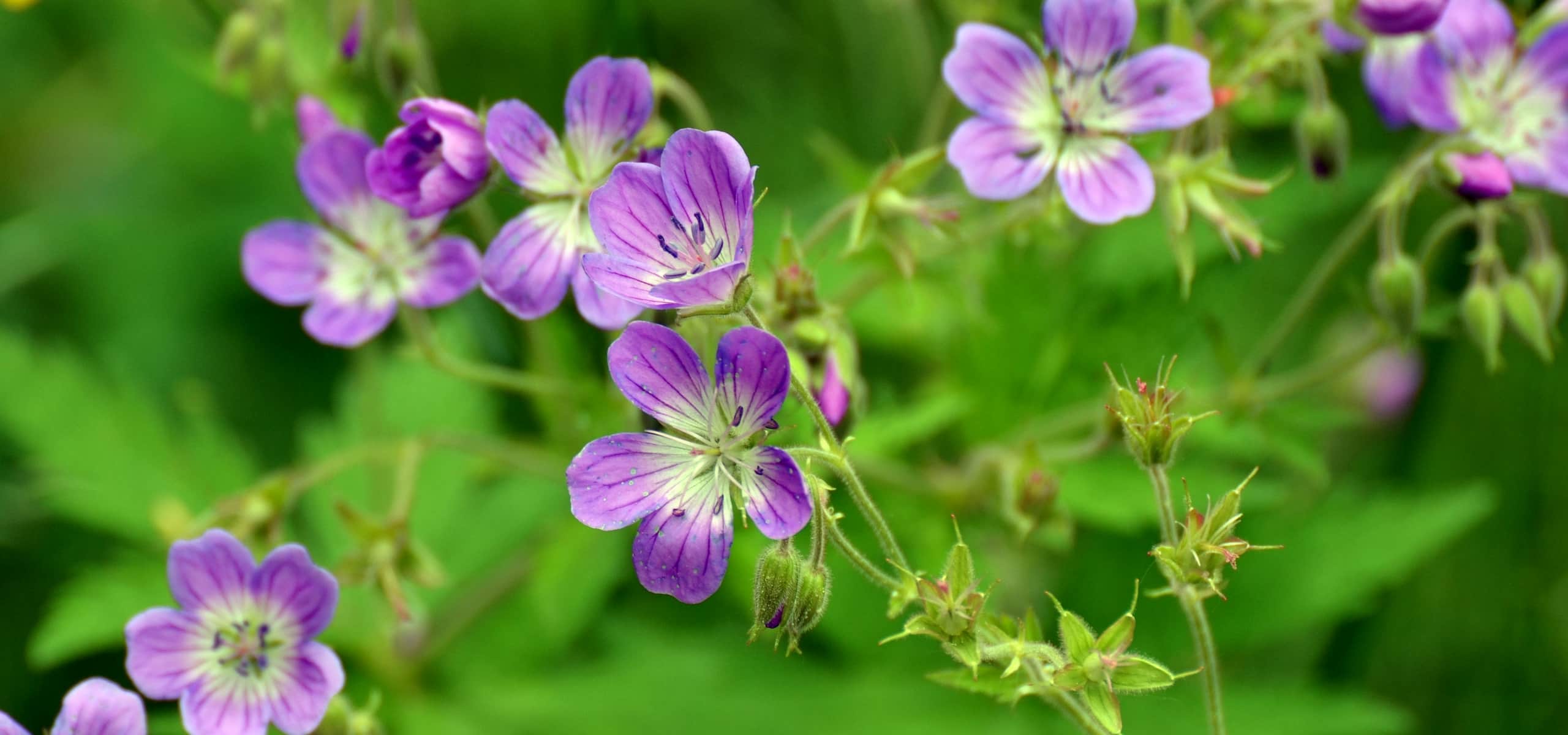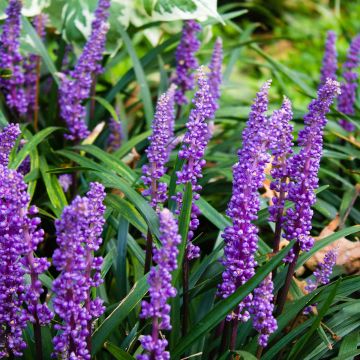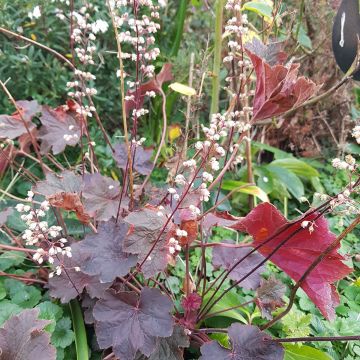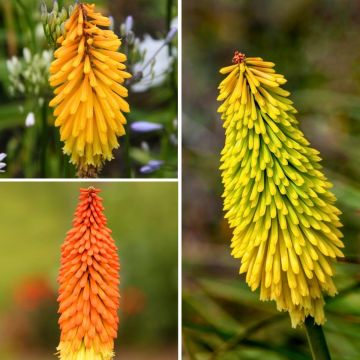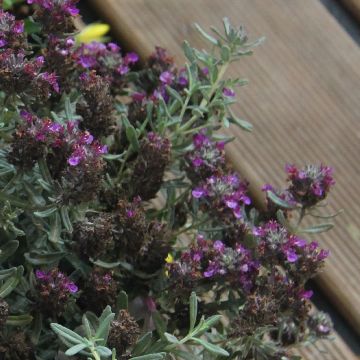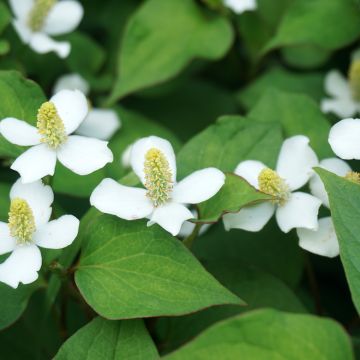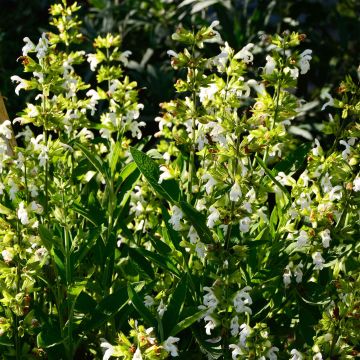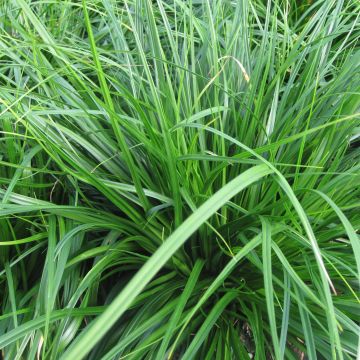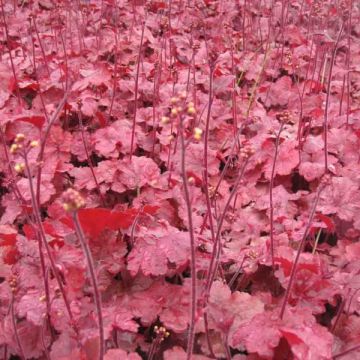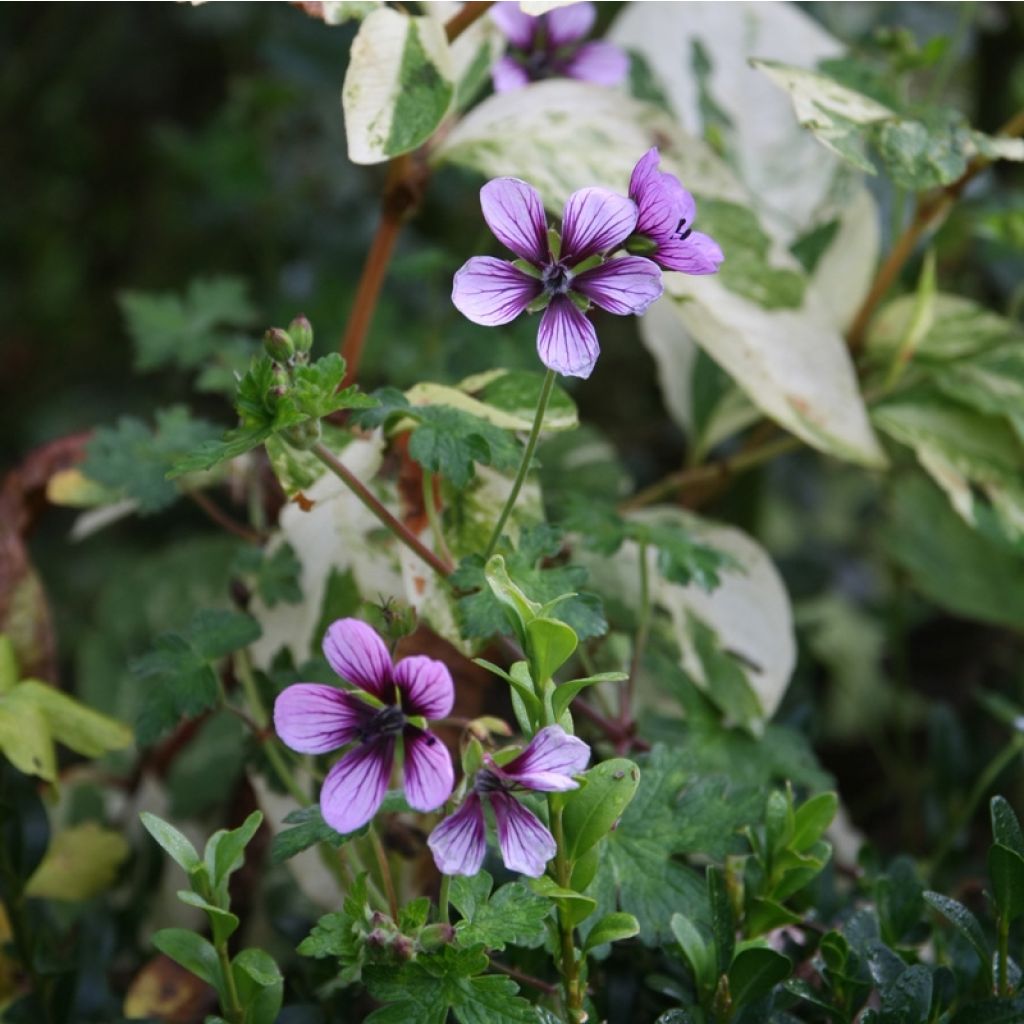

Geranium lambertii procurrens Salomé
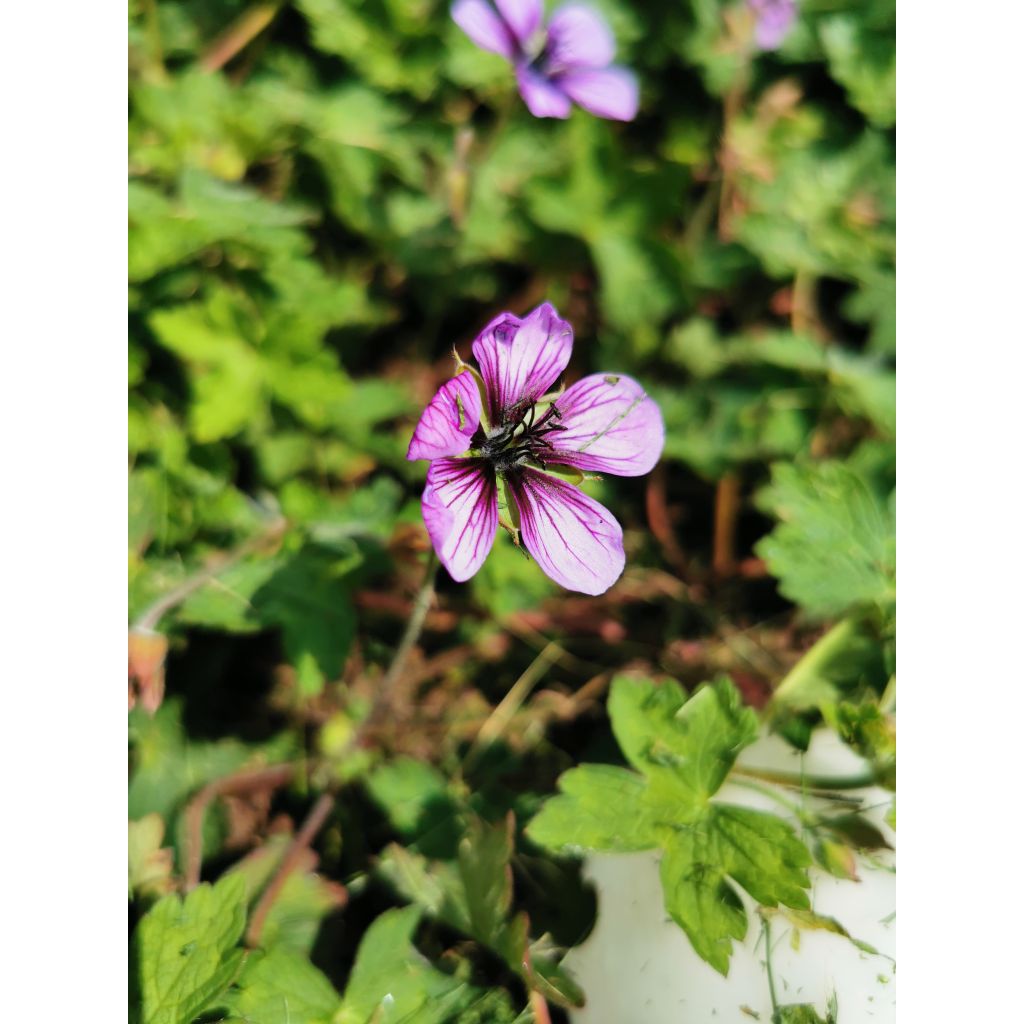

Geranium lambertii procurrens Salomé
Geranium lambertii procurrens Salomé
Geranium lambertii x procurrens Salomé
Lambert's Cranesbill, Spreading Cranesbill
Immediately comfortable from the planting, the young plant has straightened up nicely and is already looking to spread. Well
Annie, 04/05/2022
Special offer!
Receive a €20 voucher for any order over €90 (excluding delivery costs, credit notes, and plastic-free options)!
1- Add your favorite plants to your cart.
2- Once you have reached €90, confirm your order (you can even choose the delivery date!).
3- As soon as your order is shipped, you will receive an email containing your voucher code, valid for 3 months (90 days).
Your voucher is unique and can only be used once, for any order with a minimum value of €20, excluding delivery costs.
Can be combined with other current offers, non-divisible and non-refundable.
Home or relay delivery (depending on size and destination)
Schedule delivery date,
and select date in basket
This plant carries a 12 months recovery warranty
More information
We guarantee the quality of our plants for a full growing cycle, and will replace at our expense any plant that fails to recover under normal climatic and planting conditions.

Would this plant suit my garden?
Set up your Plantfit profile →
Description
The Salomé perennial Geranium is a superb ground cover, with a very creeping habit, which spreads freely in the sun or partial shade. Its light green foliage is adorned with a long flowering of unusual color, pale mauve veined with dark purple around an almost black heart. This hybrid variety, quite attractive, is not the easiest to grow: it can be capricious at times, thrives only in well-drained soils, but not too dry in summer, and its hardiness can be compromised in soils that remain moist in winter. 'Salomé' does as it pleases, but we forgive everything to this beauty!
The Salomé perennial Geranium is a horticultural hybrid resulting from the cross-breeding between Geranium lambertii and G. procurrens, from which it inherited its very creeping habit. It is a perennial plant with a persistent root system that develops long creeping stems with deciduous to semi-evergreen leaves in winter depending on temperatures. It eventually forms a large ground cover mat 30-35 cm (12-14in) in height that spreads up to 1.20 m (4ft) wide. 'Salomé' blooms from July to October, producing clusters of small flowers measuring 2-3 cm (1in) wide, composed of 5 well-separated petals. They are pale mauve, veined with dark purple, with a deep violet center and almost black styles and stamens. The leaves near the base of the plant measure 5 to 12 cm (2 to 5in) long, have 5 lobes and are pale green. After flowering, the plant quickly enters a period of dormancy.
Place the Salomé perennial Geranium prominently, its unique beauty deserves it. It can be planted in a rockery that is not too arid, in a raised border, away from competition with bushes and other perennials that it fears. Given its parentage, one can imagine that this hybrid is better suited to montane gardens that are not too hot in summer or to regions with a continental climate, rather dry in winter.
Geranium lambertii procurrens Salomé in pictures
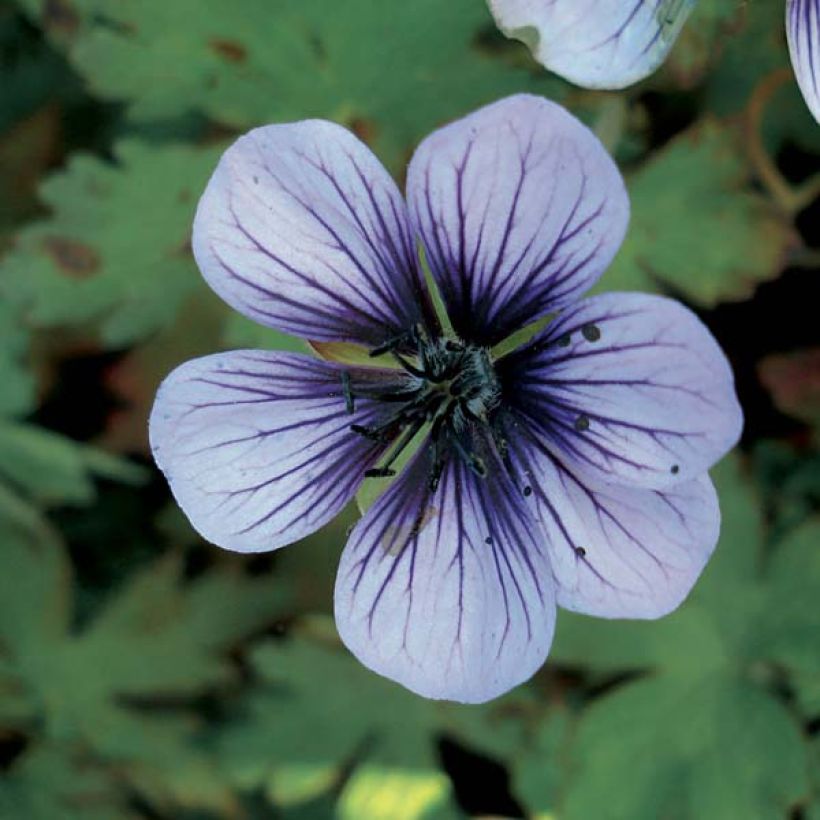

Flowering
Foliage
Plant habit
Botanical data
Geranium
lambertii x procurrens
Salomé
Geraniaceae
Lambert's Cranesbill, Spreading Cranesbill
Cultivar or hybrid
Other Hardy Geranium - Cranesbill
View all →Planting and care
The Salome perennial Geranium should be planted in spring or early autumn. This variety can sometimes be temperamental. Plant this perennial geranium in a well-drained, rocky or gravelly soil, but not too dry in summer. In winter, a rather dry soil is preferable. It tolerates limestone. Sun promotes flowering, but partial shade is tolerated. The climate of the average mountain should be suitable for this Salome variety.
Work your soil for a cube of 20 cm (8in) by crumbling the soil well and putting a base amendment such as dried blood or dehydrated horn at the bottom of the planting hole, position your plant removed from its pot, covering the top of the root ball with 3 cm (1in) of soil, close the hole and water thoroughly to remove air pockets. Space the plants 60 cm (24in) apart. In dry weather, it is necessary to water regularly for a few weeks to facilitate rooting, even if it requires little humidity in summer.
From July to September, remove faded flowers and leaves to encourage new growth. If the cold has not made the foliage disappear, prune large clumps every spring to keep them compact and promote new growth. You can also prune after flowering and water well to encourage the plant to produce a clean clump.
Planting period
Intended location
Care
Planting & care advice
-
, onOrder confirmed
Reply from on Promesse de fleurs
Similar products
Haven't found what you were looking for?
Hardiness is the lowest winter temperature a plant can endure without suffering serious damage or even dying. However, hardiness is affected by location (a sheltered area, such as a patio), protection (winter cover) and soil type (hardiness is improved by well-drained soil).

Photo Sharing Terms & Conditions
In order to encourage gardeners to interact and share their experiences, Promesse de fleurs offers various media enabling content to be uploaded onto its Site - in particular via the ‘Photo sharing’ module.
The User agrees to refrain from:
- Posting any content that is illegal, prejudicial, insulting, racist, inciteful to hatred, revisionist, contrary to public decency, that infringes on privacy or on the privacy rights of third parties, in particular the publicity rights of persons and goods, intellectual property rights, or the right to privacy.
- Submitting content on behalf of a third party;
- Impersonate the identity of a third party and/or publish any personal information about a third party;
In general, the User undertakes to refrain from any unethical behaviour.
All Content (in particular text, comments, files, images, photos, videos, creative works, etc.), which may be subject to property or intellectual property rights, image or other private rights, shall remain the property of the User, subject to the limited rights granted by the terms of the licence granted by Promesse de fleurs as stated below. Users are at liberty to publish or not to publish such Content on the Site, notably via the ‘Photo Sharing’ facility, and accept that this Content shall be made public and freely accessible, notably on the Internet.
Users further acknowledge, undertake to have ,and guarantee that they hold all necessary rights and permissions to publish such material on the Site, in particular with regard to the legislation in force pertaining to any privacy, property, intellectual property, image, or contractual rights, or rights of any other nature. By publishing such Content on the Site, Users acknowledge accepting full liability as publishers of the Content within the meaning of the law, and grant Promesse de fleurs, free of charge, an inclusive, worldwide licence for the said Content for the entire duration of its publication, including all reproduction, representation, up/downloading, displaying, performing, transmission, and storage rights.
Users also grant permission for their name to be linked to the Content and accept that this link may not always be made available.
By engaging in posting material, Users consent to their Content becoming automatically accessible on the Internet, in particular on other sites and/or blogs and/or web pages of the Promesse de fleurs site, including in particular social pages and the Promesse de fleurs catalogue.
Users may secure the removal of entrusted content free of charge by issuing a simple request via our contact form.
The flowering period indicated on our website applies to countries and regions located in USDA zone 8 (France, the United Kingdom, Ireland, the Netherlands, etc.)
It will vary according to where you live:
- In zones 9 to 10 (Italy, Spain, Greece, etc.), flowering will occur about 2 to 4 weeks earlier.
- In zones 6 to 7 (Germany, Poland, Slovenia, and lower mountainous regions), flowering will be delayed by 2 to 3 weeks.
- In zone 5 (Central Europe, Scandinavia), blooming will be delayed by 3 to 5 weeks.
In temperate climates, pruning of spring-flowering shrubs (forsythia, spireas, etc.) should be done just after flowering.
Pruning of summer-flowering shrubs (Indian Lilac, Perovskia, etc.) can be done in winter or spring.
In cold regions as well as with frost-sensitive plants, avoid pruning too early when severe frosts may still occur.
The planting period indicated on our website applies to countries and regions located in USDA zone 8 (France, United Kingdom, Ireland, Netherlands).
It will vary according to where you live:
- In Mediterranean zones (Marseille, Madrid, Milan, etc.), autumn and winter are the best planting periods.
- In continental zones (Strasbourg, Munich, Vienna, etc.), delay planting by 2 to 3 weeks in spring and bring it forward by 2 to 4 weeks in autumn.
- In mountainous regions (the Alps, Pyrenees, Carpathians, etc.), it is best to plant in late spring (May-June) or late summer (August-September).
The harvesting period indicated on our website applies to countries and regions in USDA zone 8 (France, England, Ireland, the Netherlands).
In colder areas (Scandinavia, Poland, Austria...) fruit and vegetable harvests are likely to be delayed by 3-4 weeks.
In warmer areas (Italy, Spain, Greece, etc.), harvesting will probably take place earlier, depending on weather conditions.
The sowing periods indicated on our website apply to countries and regions within USDA Zone 8 (France, UK, Ireland, Netherlands).
In colder areas (Scandinavia, Poland, Austria...), delay any outdoor sowing by 3-4 weeks, or sow under glass.
In warmer climes (Italy, Spain, Greece, etc.), bring outdoor sowing forward by a few weeks.






























